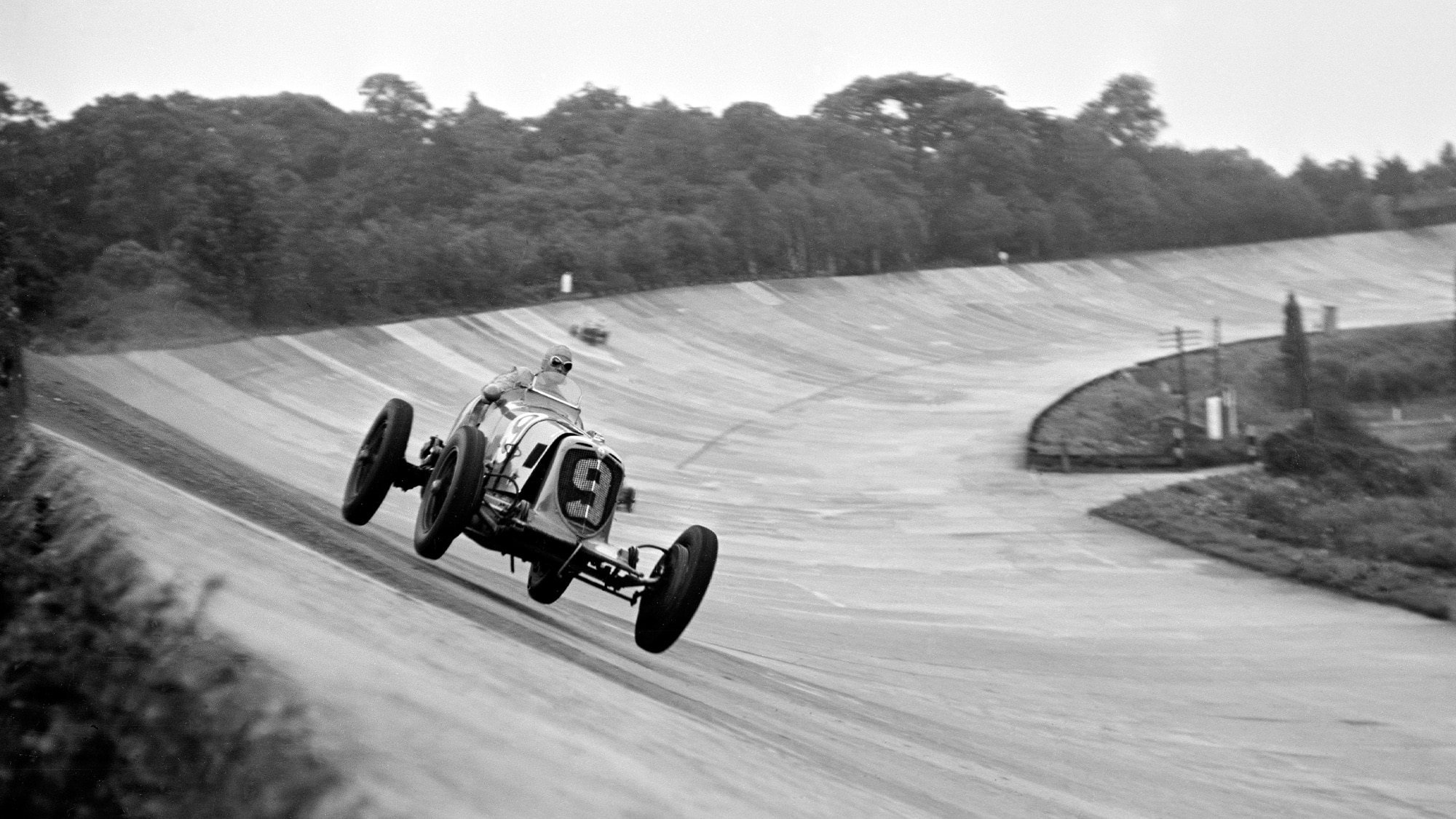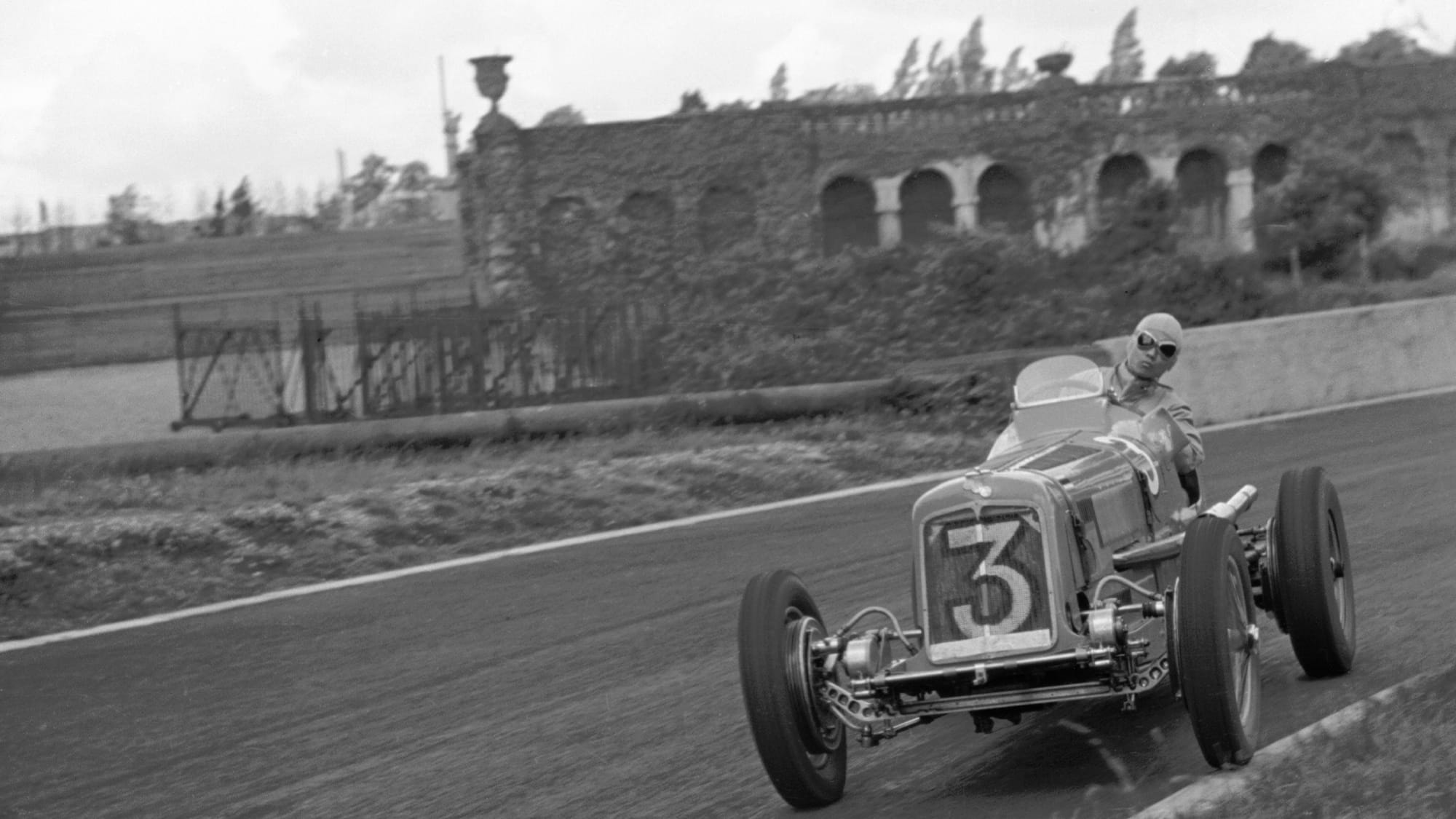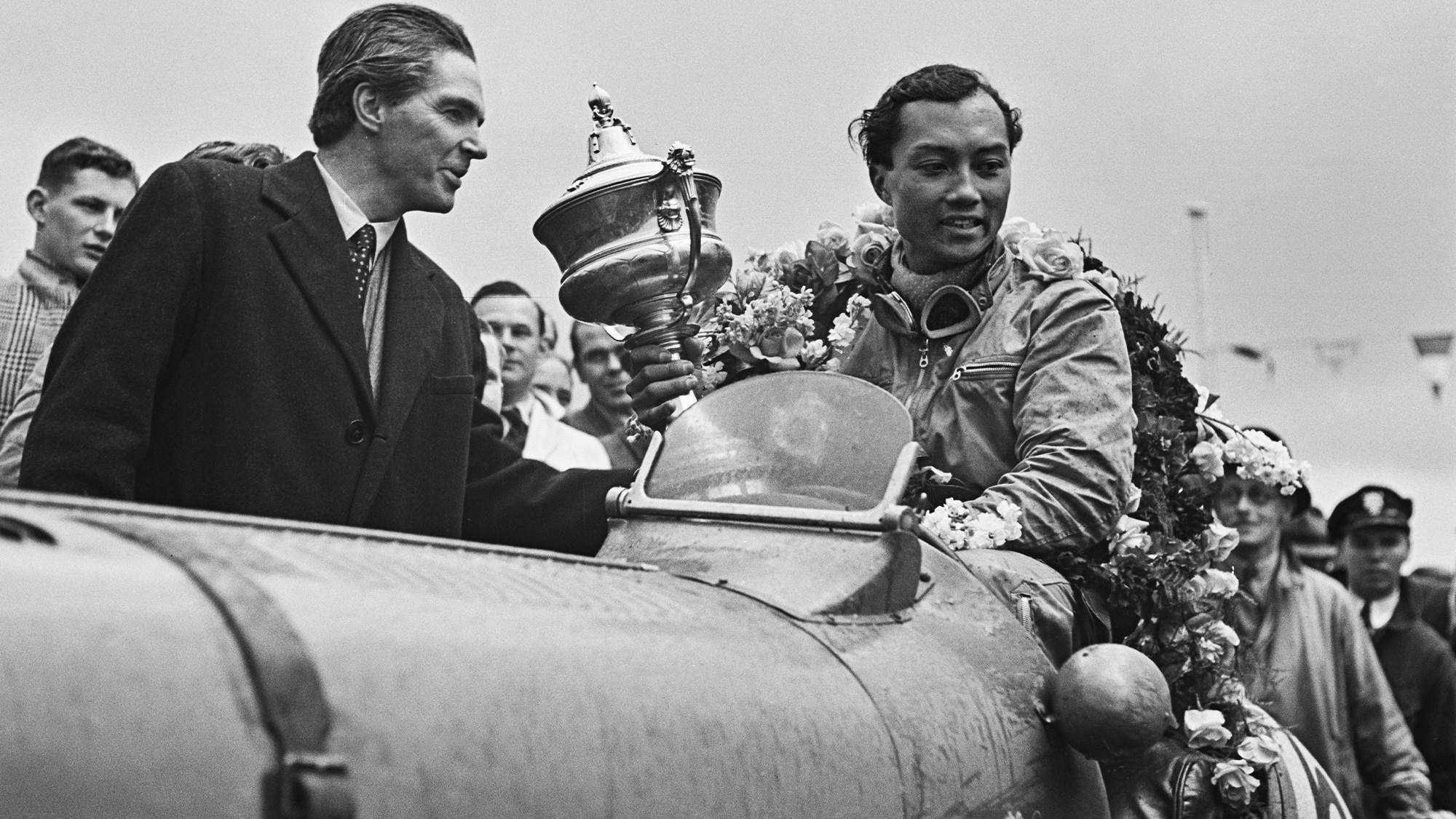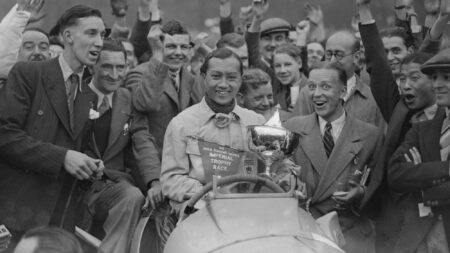All in all, Bira was hugely, undeniably successful; he won the BRDC road racing gold star three years in a row and set new standards at many levels. He was the first driver to lap Phoenix Park at over 100mph, and set 1500cc records at Donington and Crystal Palace which were never beaten before the-war. It is possible, given the competition which he had with Richard Seaman when they raced in the same class, that he might have gone as far as a major Grand Prix team, but the ex-Straight Maserati sufficed to keep him both occupied and happy.
His racing made him extremely popular in Thailand; not only did he win (Thailand was not over-endowed with international sportsmen) but he acted as ex-officio ambassador with some success. The cousins were held up as illustrations of all that was sound about both the country of their birth and the public schools which taught them to speak so languidly.
The onset of the war put racing on hold, and the cousins exiled themselves down to Cornwall, to Helland Bridge near Bodmin. Here, having little else to do, they scribbled furiously, an activity at which Chula proved the stronger. Hopes of returning to Thailand evaporated as Japan joined the war, for Thailand, under Japanese occupation, was forced to declare war upon Britain, which made the pair, technically, enemy aliens. Under such circumstances, Cornwall made more sense than London. Both decamped, with their British wives.
Perhaps such enforced proximity soured their relationship, for by the end of the war they were not getting on, and when Bira sought to resuscitate his career, he did so without his cousin. It was a great pity; the White Mouse stable had in many ways established a blueprint for how private teams should be run. Certainly, that was Lofty England’s view when he looked at both Ecurie Ecosse and Lister much later on – neatness, presentation, attention to detail, all these he prized.
Post-war, competition for drives was naturally intense as the sport re-invented itself, but it was a reasonable veterans’ market. Pleasingly, his old mechanic England helped him with a drive in the new Jaguar XK120, and he partnered Clemente Biondetti and Leslie Johnson in one of its inaugural events at Silverstone.
But post-war it was different. Brooklands was gone and with it the agreeable social environment. A generation of drivers whose boyhood had been a wartime one were on the rise. “The right crowd” was an expression which meant less than nothing; beating cabbage-chewing foreigners however, did, almost as an extension of the war.
Bira entered only one GP with an OSCA V12 engine in a 4CL chassis, where it expired on the first lap
For Bira, then, it was back to Maserati. He had bought a 4CL for the 1947 season and had some success with it, winning the Formule Libre race at Chirnay, Belgium, in May. He was one of the prized, so far as car builders were concerned, a private racer. He looked forward to a reprise of his pre-war career, but his source of income had been terminally degraded by the depredations of the Japanese Army. He campaigned the car in 1948 as well, winning at the inaugural Formule Libre race at the new Zandvoort circuit.
This was all rather promising, but without the full support of Chula or the Thai treasury he found the organisation tedious. He still had the services of Stan Holgate and for 1949 he effectively leased his 4CL to Roy Salvadori for the princely sum of £2000 per annum, as he had himself been offered a drive in a works-prepared 4CL entered by Enrico Plate. Bira’s own car was destroyed in September of that year in a fiery crash at the Curragh; Salvadori was unhurt, and the car, happily, was insured.
For 1950, he stayed with Plate, for whom he entered four Grands Prix, coming fourth at Bremgarten, preceded by fifth at Monaco, the scene of his first victory.
For 1951, he tried an OSCA V12 engine in a 4CL chassis; it proved a dog and he entered only one GP with it, in Spain, where it expired on the first lap. Tellingly, it was entered under the Ecurie Siam banner, confirming that Chula and the White Mouse outfit were no longer a part of his professional life. He had been pencilled in as a BRM driver for the French Grand Prix in July, but, embarrassingly, the cars were not in a fit state to appear. By the time they were, the rules had changed.
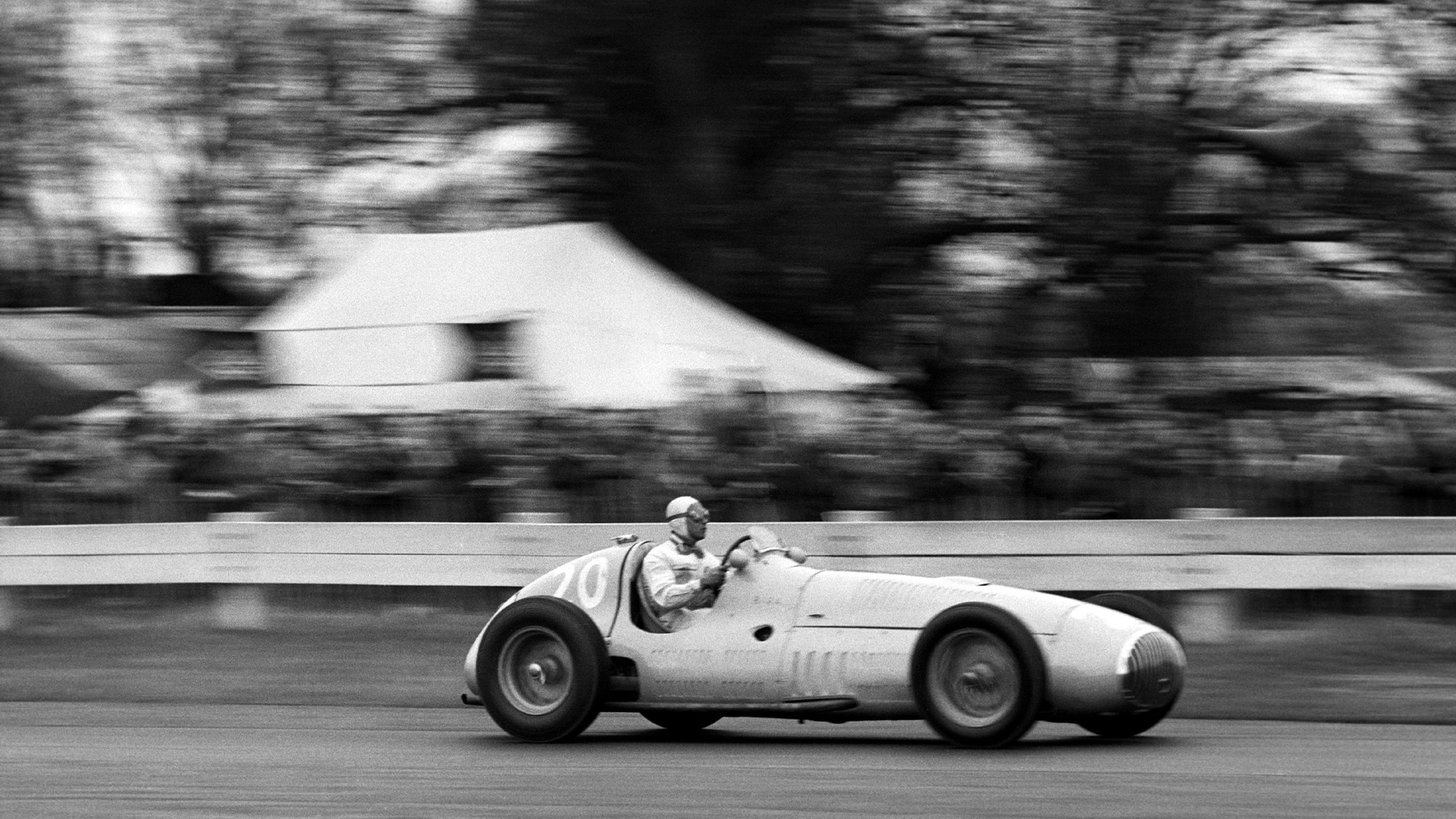
Success continued post-war, winning at Goodwood in ’51 in an OSCA
GP Library via Getty Images
The Formula Two interregnum of 1952-3 created an unseemly rush for the 2-litre marques and caused a small surge in the fortunes of the Gordini company, among others. Bira split his efforts between Gordini and Connaught with little success (the period was a Ferrari walkover) until Maserati’s new effort, the 250F, was announced and ready.
Well, almost ready. Swamped by orders, Maserati converted a small run of A6G single-seaters with 250F power to placate impatient owners, of whom Bira was one. Confusingly, and to the later lipsmacking delight of the dark side of the motor trade, they were given 250F chassis numbers. He entered his car under the for the inaugural 2H-litre race in Argentina. And, although it came nowhere, he did manage to win at Chimay again before selling the car and putting its engine into the 250F chassis which was now ready.
The 1954 season was his last and it was hard going. A fourth place in the French Grand Prix was about it for the championship, but he took the 250F to New Zealand for the winter races at the end of the season and won the New Zealand Grand Prix at Ardmore, followed by a third at the International Trophy at Teretonga.
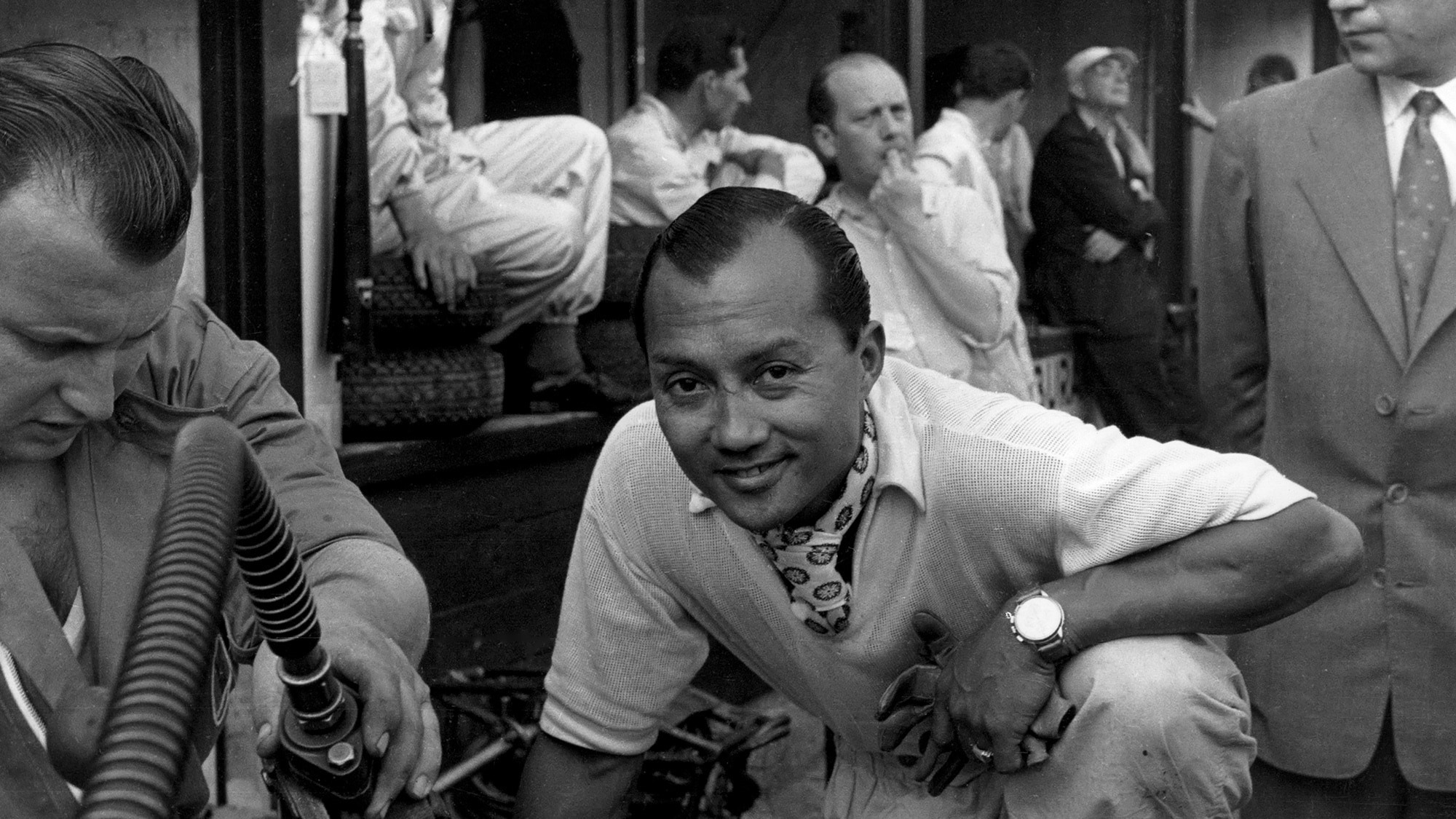
Bira at the 1954 Belgian Grand Prix where he would finish sixth
Bernard Cahier/Getty Images
He had now decided to retire. It was certainly not the same as it had been with Chula, and he leased his 250F to Horace Gould, on a similar basis to his deal with Roy Salvadori, before selling it to Bruce Halford. His career had begun in 1935 and he had accomplished a huge amount. More important, he was alive, unlike his friends Seaman, Fairfield et al, so he should have been happy.
He was not. His alienation from Chula lowered him, and his first marriage broke up, whereupon he started to behave rather oddly. Whether it was in imitation of Yul Brynner in the King and I that he shaved off his hair we cannot tell, but he did, and embarked upon a volatile business career, which was itself punctuated by bouts of both celibacy and indulgence which irritated and embarrassed the dignified and conservative Chula.
Chula, who could be rather grand when he wanted to be, had strongly objected (as had the rest of Thailand) to both the Rex Harrison (1946) and Yul Brynner (1956) cinematic characterisations of his Grandfather King Mongkut, to the point of it becoming a personal issue between himself and Harrison, who was a good friend. Bira, the junior cousin, had taken the issue rather less seriously, which had not helped their relationship at all.
But by 1963, Chula was diagnosed as suffering from cancer and died at the end of that year, mourned by all who knew him. Bira’s business career was basically a disaster; the same sea-change in society which had made him just another racing driver also conspired to make him merely another businessman. Europe was awash with minor Royalty already, and many of them seemed to be trying to do deals. To a cynical marketplace, one displaced Prince is very much like another, particularly if he is endeavouring to position himself between the wall and the wallpaper, and with no business training whatsoever, he floundered in a morass of optimism and tight credit. His sunny nature and varied sources of borrowing, often from friends, kept him afloat, but often only just.
By 1985 he was 70 and tired. There were always deals in the air, but in the air they tended to stay. His business life had become that of a peripatetic Mr Fixit. He had been staying with friends and suffered his fatal coronary while setting out to do his Christmas shopping. This noble prince, fine racer and man who helped inspire a generation of private teams died, unrecognised, less than a mile from the old site of the White Mouse garage.

